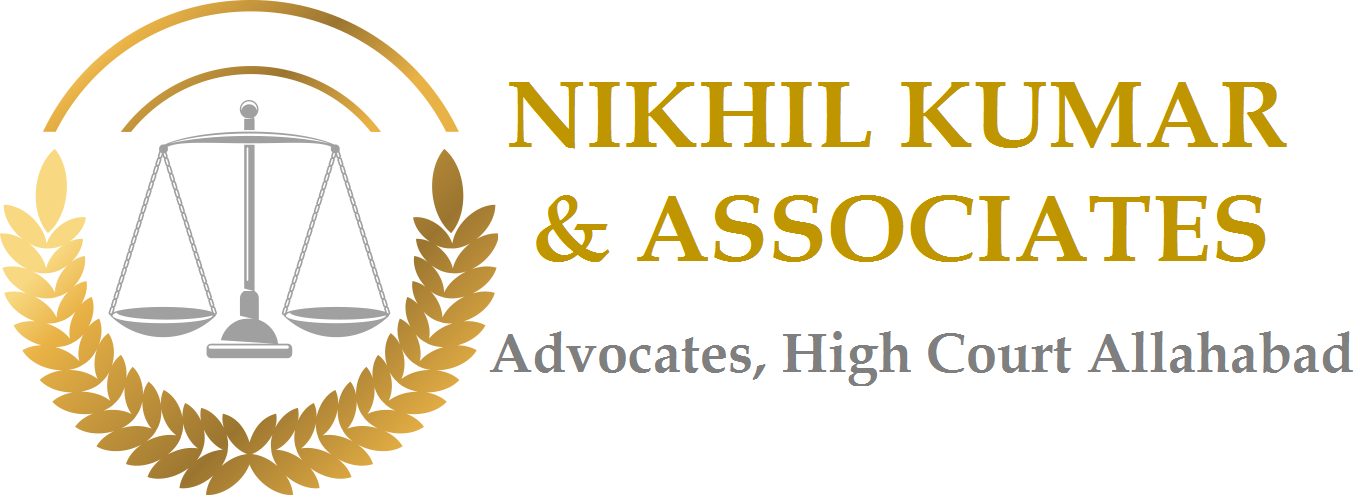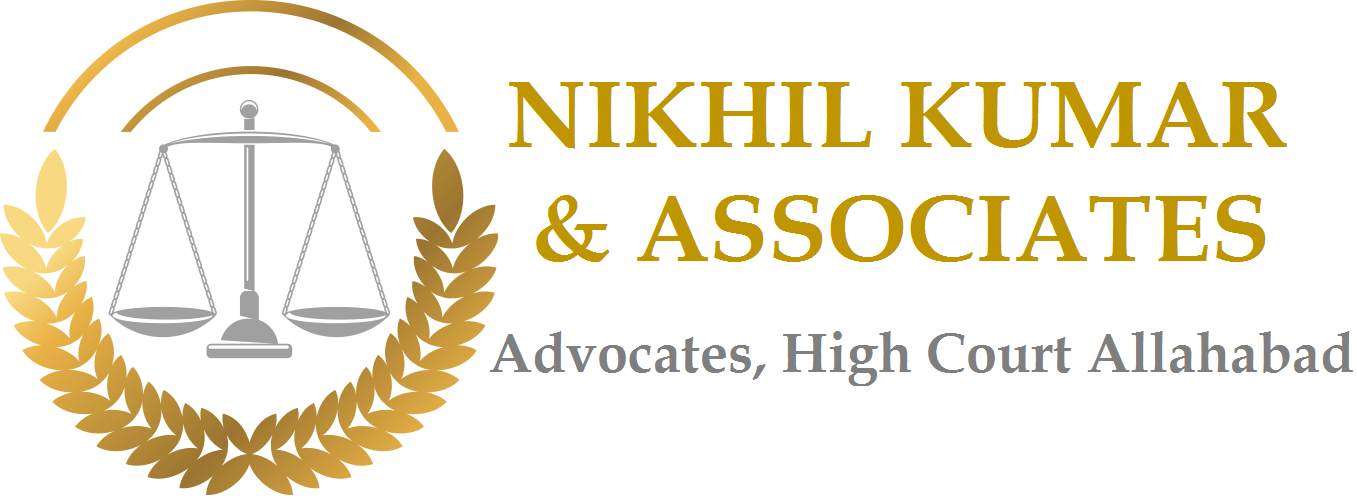Courtesy: Vagish Yadav
In Civil Procedure Code, the hierarchy of the courts is provided and at the bottom of the hierarchy there is Court of Civil Judge Junior Division and in the state, at the top of the hierarchy is the High Court and sandwiched in between is the court of Civil Judge (Senior Division) and District Judge.
Court of Civil Judge is the civil court having original jurisdiction. However, under certain circumstances High Court may also exercise the power of extraordinary original civil jurisdiction. This power is conferred upon the high Court by the Rules of the Court, 1952 under Chapter VIII Rule 4.
A suit is instituted in the court of civil judge junior division or civil judge senior division in accordance with the pecuniary jurisdiction when there is a civil dispute between the parties. The proceedings are initiated with the institution of the suit. A suit must be filed by an aggrieved party who has the locus standi.
A suit must be filed in the competent court. The court firstly, must have territorial jurisdiction. Hence, a person must file a suit related to certain property in the court under which jurisdiction it falls. Secondly, the court must have pecuniary jurisdiction. Hence, after the valuation of the suit by the plaintiff, the pecuniary value must be within the ambit of the court. Thirdly, the court must have jurisdiction over the subject matter. Hence, if a certain statute provides that the case must be filed in a certain tribunal then it cannot be instituted in the Civil Court. The plaint must disclose the cause of action and in absence of disclosure of cause of action, the plaint can be rejected.
Plaintiff is a person who institutes the suit by approaching the competent court by means of a plaint. A plaint is a statement of facts in brief which the plaintiff states in order to establish a prima facie case. After the court admits the plaint, the suit is said to be instituted. Thereafter, notice is issued to the defendant/ defendants. Such defendant/ defendants have to file a Written Statement in response to the plaint. Such a Written Statement is to be a concise and specific reply to the plaint. The Written Statement must not be vague in nature. All the averments contained in the Plaint must be specifically denied in toto unless the facts may favour the defendant. The suit is filed for an injunction, specific performance of contract and damages, etc. The plaintiff as an interim relief prays for a temporary injunction. The temporary injunction is granted by the court if there is a prima facie case, the balance of convenience in favour of the plaintiff and denial of interim relief may cause irreparable loss to the plaintiff.
After the written statement is accepted, the court proceeds to frame issues. After framing of issues, the trial commences. In the trial, the parties adduce evidence in favor of their claims in order to convince the court to decide the issue in their favour. After deliberations in the court, the trial is completed and the judgment is pronounced by the court and consequently decree is drawn which is executable.
There are other intermediary procedures like inquiry, inspection, joinder of parties, interim relief for which provisions are made in the Civil Procedure Code.
FIRST APPEAL
The party which is aggrieved by the judgment and decree of the court may file an appeal before the next higher court having jurisdiction to entertain an appeal against the judgment of a suit. Right to Appeal is a statutory right. The first Appeal lies against a decree passed by a court exercising original jurisdiction. It may be filed either in the court of District Judge or in the High Court. First Appeal i.e. Appeal against original decree is filed under Section 96 of the Civil Procedure Code. An appeal shall lie before such court which is authorized to hear appeals from the inferior Court. Appeals may also lie from an original decree passed ex-parte. Hence, the remedy provided against the ex-parte decree is an Appeal against such decree.
SECOND APPEAL
Second Appeals are filed under Section 100 of the Civil Procedure Code 1908 before Hon’ble Allahabad High Court. However, the second appeal is admitted only when there is a substantial question of law involved in the case. The substantial question of law is framed at the time of admission of appeal by the court. The phrase “Substantial Question of Law” has not been defined in the Civil Procedure Code 1908. The word “Substantial” prefixed to question of law does not refer to the stakes involved in the case, nor intended to refer only to question of law of general importance, but refers to impact or effect of the question of law on the decision in the lis between the parties.
Substantial Question of law means not only a substantial question of law of general importance but also a substantial question of law arising in a case as between parties. To be substantial, a question of law must be debatable, not previously settled by the law of the land or a binding precedent, and must have a material bearing on the decision of the case, if answered either way in so far as rights of the parties before it is concerned.
To be a question of law involving in the case, there must be first a foundation for it laid in the pleadings and the question should emerge from the sustainable findings of fact arrived at by court of facts and it must be necessary to decide that question of law for a just and proper decision of the case. An entirely new point raised for the first time before the High Court is not a question involved in the case unless it goes to the root of the matter. Where there is a clear and settled enunciation on a question of law by the Supreme Court or the High Court concerned, it cannot be said that the case involved a substantial question of law.
Normally the concurrent findings of fact recorded by two courts below is not interfered with by the high court in second appeal, however, interference in second appeal with finding of fact is permissible where such finding is found to be wholly perverse to the extent that no judicial person could ever record such findings or where that finding is found to be against any settled principle of law or pleadings or evidence. Such errors constitute a question of law permitting interference in second appeal.
Further, it is settled principle of law that interpretation of any document including its contents or its admissibility in evidence or its effects on the rights of the parties to the lis constitutes a substantial question of law within the meaning of Section 100 CPC.

